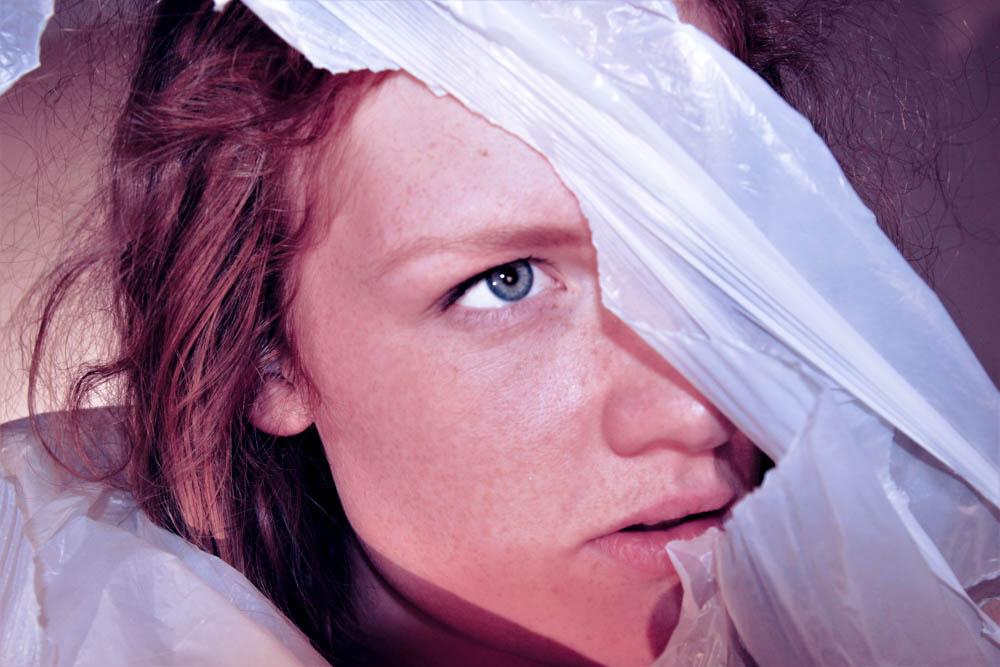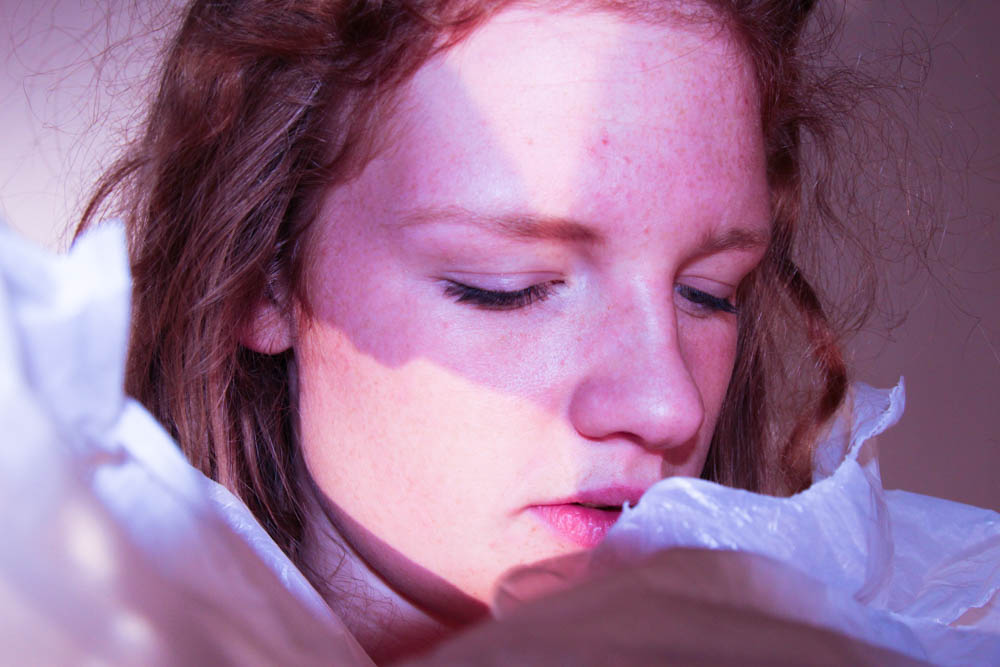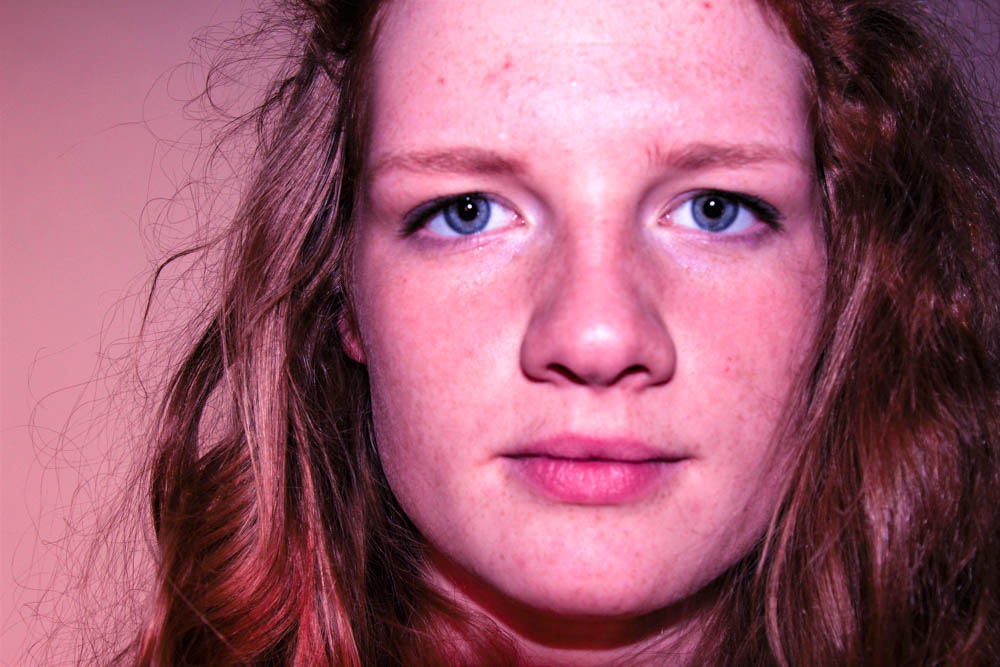Postmodernism is a style of post-1960s art which rejected the traditional values and politically conservative assumptions of its predecessors, in favour of a wider, more entertaining concept of art, using new artistic forms enriched by video and computer-based technology.
There are many principals which define modernist art, including: A rejection of history and conservative values (such as realistic depiction of subjects); innovation and experimentation with form (the shapes, colours and lines that make up the work) with a tendency to abstraction; and an emphasis on materials, techniques and processes. However, postmodernism, was a reaction against modernist art and a rejection of this to challenge it.
Modernist artists experimented with form, technique and processes rather than focusing on subjects. While the modernists championed clarity and simplicity; postmodernism embraced complex and often contradictory layers of meaning. (words taken form Tate).
Postmodernism essentially drove modernism out of the face of art and muscled its way to the forefront as postmodernists believed this view of producing art was the ultimate and best method.
Postmodernists also embrace subject and content as opposed to object and form.

Postmodernism makes references to things outside the art work…e.g. political, cultural, social, historical, psychological issues.
Another aspect of postmodenrist photography is that it often mixes different artistic and popular styles and media. Postmodernist art can also consciously and self-consciously borrow from or ironically comment on a range of styles from the past.
Pop art by Roy Lichenstein is a good example of this; pop artists broke down the separation between fine art and popular culture in their work: Lichtenstein borrows the language of comics for his painting Whaam.

Andy Warhol once said in a famous quite that “anyone can be famous for 15 minutes”. Looking deeper into this, it can essentially mean that with a little bit of creativity and by pushing the boat out and challenging art normalities and conventions, a new look of art can be achieved which stuns the world and from this, the author can become famous for a short period of time – through challenging and not conforming to art rules and producing something perhaps controversial or unseen before – new and innovative.
A term closely related and used in conjunction with postmodernist art due to this idea that postmodernism encapsulates the idea of using many mediums to produce work, ‘bricolage’ also presents this notion.
The definition of ‘bricolage’ in terms of art and literature is: “construction or creation from a diverse range of available things.” Bricolage is a French loanword that means the process of improvisation, or a work created by mixed media. The word is derived from the French verb bricoler (“to tinker”), with the English term DIY (“Do-It-Yourself”).
Pictorialism
Time period : 1845 – 1915
Key characteristics : manipulate images with the intent to strip reality from it by adding effects
Artists associated : Alfred Stieglitz rejected the movement and Ansel Adams didn’t agree with the art form because he thought photography was fine art itself and did not need altering.
Julia Margaret Cameron
Key works : allegorical paintings and paintings from the Italian Renaissance
Methods / Techniques / Processes : used darkroom process to add effects – noise, different colours, lights and textures. Would also use Vaseline to make it more unphotographic and more as an art painting.
Realism / Straight Photography
Time period : early 1900s
Key characteristics : opposite to pictorialism and shouldn’t manipulate to show actuality
Create images of world as they see it
Idea that camera doesn’t lie
Artists associated : Alfred Steiglitz 1907, The Steerage / Pablo Picasso

Key works : Avant Garde – new and experimental ideas in art / Cubism – originated in 1907 by Picasso
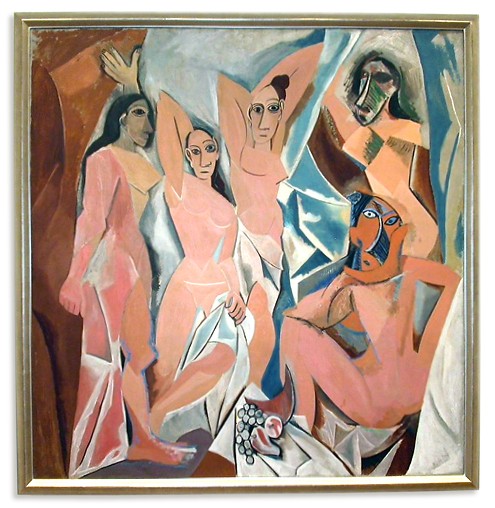
Methods / Techniques / Processes :
Modernism
Time period : 1910 – 1950
Key characteristics : formal qualities – line, shape, shadows, texture
Artists associated : Max Dupain
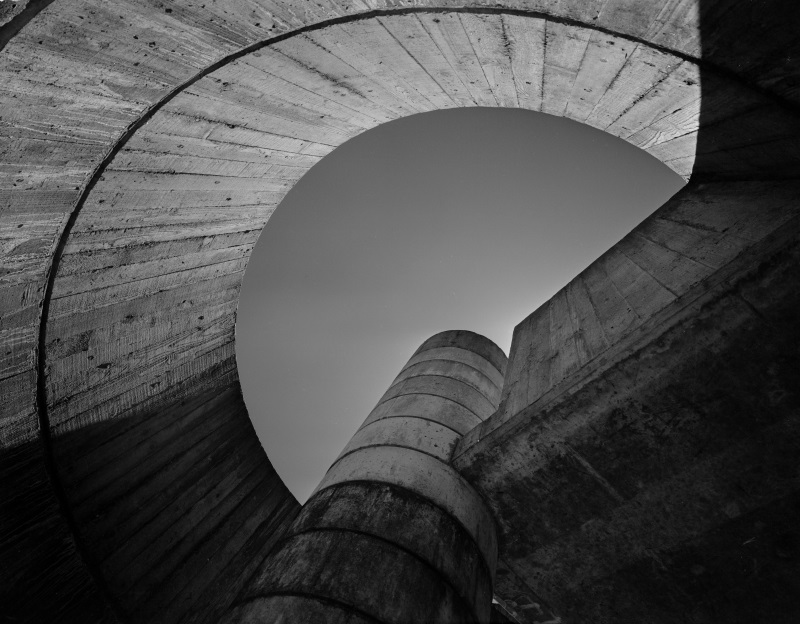
Key works :
Methods / Techniques / Processes :

